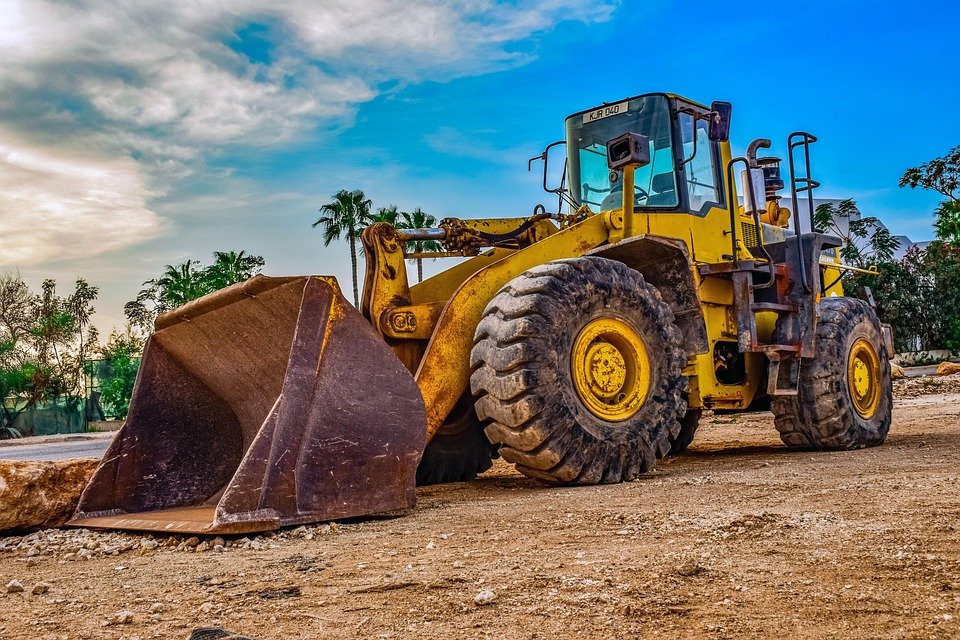Unlocking Accuracy: Heart of CNC Machine-Spindle System Explained
In the manufacturing world, precision is not only a goal. This is the bedrock of innovation. At Greatlight, we specialize in tip five-axis CNC machining of complex metal parts, we know that a component is the undisputed heart of operation: Spindle system. Without high-performance spindles, even the most complex CNC machinery is insufficient. Let’s dig into what a spindle is, why it’s important and how it’s advantageous to use advanced spindle technology to provide unparalleled accuracy for your custom projects.
What is a CNC spindle?
The spindle is the power chamber of the CNC machine, which is responsible for high-speed rotary cutting tools (such as drill bits, end mills or engraving drill bits) to mold the raw materials into finished parts. Think of it as "engine" Drive the cutting process. Its core functions include:
- Rotate: Rotate the tool with precise rpms (rotating per minute).
- Electricity transfer: Transfer torque to cut materials such as titanium, aluminum or steel.
- Stablize: Stay rigid to avoid vibrations that damage accuracy.
Spindle type: Matching technology to task
Not all spindles are equal. The selection depends on the requirements of your project:
-
Belt-driven spindle:
- How it works: The motor drives the spindle through the belt and pulley.
- Best for: Low speed operation requires high torque (e.g., remilling).
- limit: Lower maximum rpm, potential for vibration at high speeds.
-
Direct drive spindle:
- How it works: The motor directly companion with the spindle shaft.
- Best for: Balancing applications require speed and torque.
- Advantages: Reduced vibration and minimal maintenance.
- Electric spindle (integrated):
- How it works: The motor and spindle are an integrated unit.
- Best for: High speed and precise machining (such as aeronautical or medical components).
- Key allowances:
- Ultra high rpm (up to 50,000), can be used for fines.
- Special thermal stability for tight tolerances (±0.001").
- Low-pitched play of perfect detail in complex geometric shapes.
At Greatlight, our five-axis CNC center features High-pressure liquid-cooled electric spindleis crucial to deal with the dynamic motion and complex tool paths required in multi-axis machining.
Why spindle performance definition Five-axis CNC results
Five-axis machining increases rotational freedom (x, y, z + two rotation axes), thus achieving unparalleled complexity in part design. Here is how advanced spindles enhance this process:
- Complex contours: Maintain a constant surface velocity on a curved surface without repositioning, ensuring a perfect finish.
- Vibration damping: The tool stabilization during non-angle cutting is critical for thin-walled or deep cavity parts.
- Thermal management: Liquid cooling prevents heating, thus retaining micron-scale accuracy over the long term.
- Tool life extension: Accurate RPM control reduces wear and reduces cost per part.
For structural integrity risks for industries such as aerospace or automotive (risk of individual imperfect cutting) parts – high-quality spindles are not optional. This is a critical task.
Greglight’s spindle edge: standard accuracy
As a leader in five-axis CNC services, we invest in spindle technologies empowering our customers:
- Material mastery: From hardened steels to reactive alloys, our spindles can handle a wide range of metals with adaptive speed/torque control.
- Fast Market: An integrated spindle minimizes tool change time and accelerates production without sacrificing quality.
- Full service integration: We pair spindle accuracy with interior trim (anodized, polished, coated) to achieve a truly one-stop solution.
For custom projects requiring ±0.001" Tolerances or complex geometry, our machines and their spindles are your competitive advantage.
Conclusion: Accuracy from the birth of power
The spindle system is the unsung hero of CNC machining, transforming digital design into tangible innovation. In five-axis work where complexity reaches scale, spindle selection determines success. At Greatlight, we combine cutting-edge spindle technology with deep manufacturing expertise to solve your toughest metal party challenges – fast, precise and cost-effective.
Ready to bring your precise parts to life?
Contact Greatlight now for a quote for more than expected five-axis CNC machining.
FAQ: The mystery of CNC spindle system
Q1: How does the spindle speed (RPM) affect the quality of my part?
one: RPM affects surface finish, tool life and heat generation. Too low: poor effect and premature tool wear. Too high: material burns or tool breaks. Greglight’s adaptive spindle automatically optimizes RPM for your materials and designs.
Q2: Can you use spindle shear materials (such as tool steel or inconel)?
one: Absolutely. Our high torque, liquid-cooled spindles provide stable power in lower/mid-range RPMs, ideal for dense alloys that minimize heat while controlling tool wear.
Q3: Why choose an electric spindle instead of a belt-driven spindle?
one: The electric spindle provides higher RPM, lower vibration and higher accuracy – five-axis profile keys. Belt-driven units are suitable for heavier tailoring, but struggle with details.
Question 4: What "beat," Why is this crucial?
one: Jump is the swing in the tool when it is rotated. Even 0.0005" May cause tolerances and tool breakage. Our spindle ensures near zero jump (<0.0002") Absolutely accurate.
Question 5: How does Greatlight ensure spindle reliability during long-term production?
one: We use active cooling and real-time thermal monitoring to prevent overheating. The pre-production field failed for scheduled maintenance and vibration analysis.
Q6: Do you provide the finishing finish?
one: Yes! From bead blasting to heat treatment, our one-stop service meets all completion needs – suitable for parts processed on our high-performance spindles.
Convert complexity into precision. Working with CNC machining Greatlime, the spindle beat capability is perfect. 🚀


















